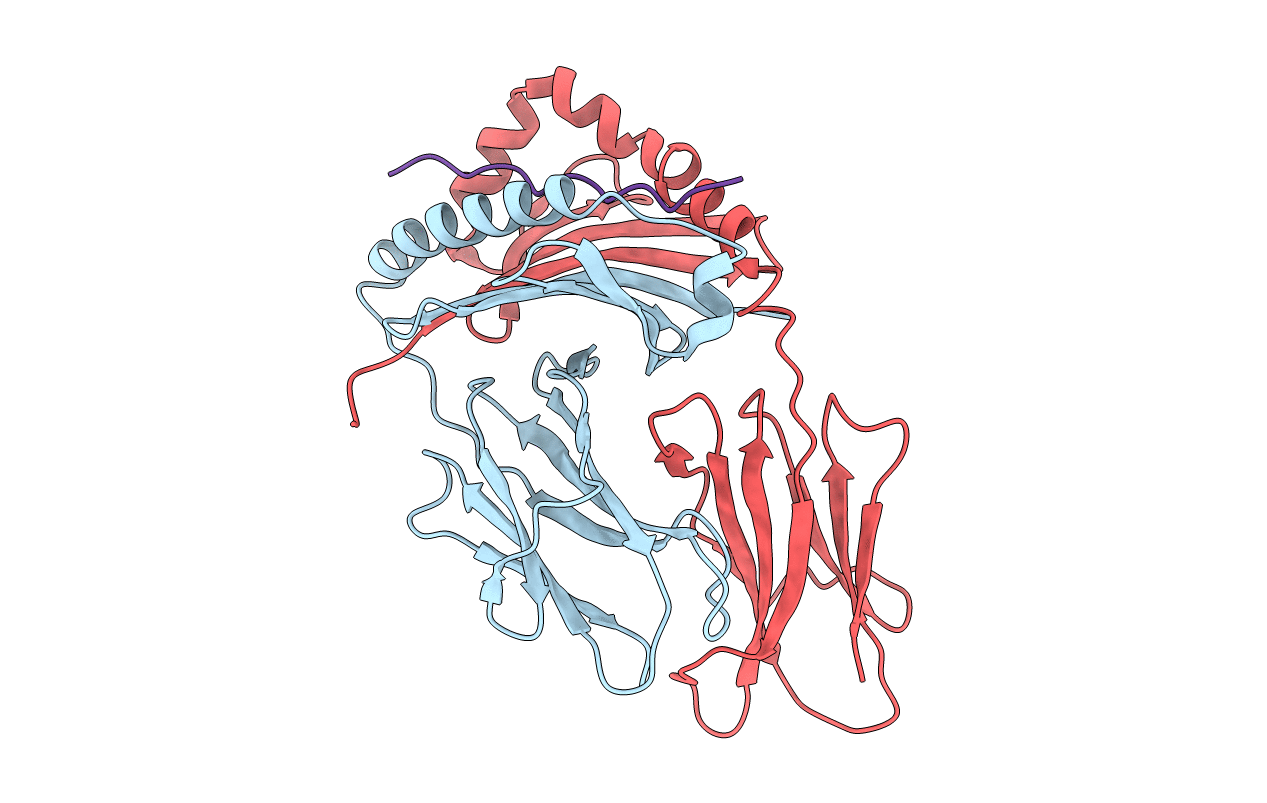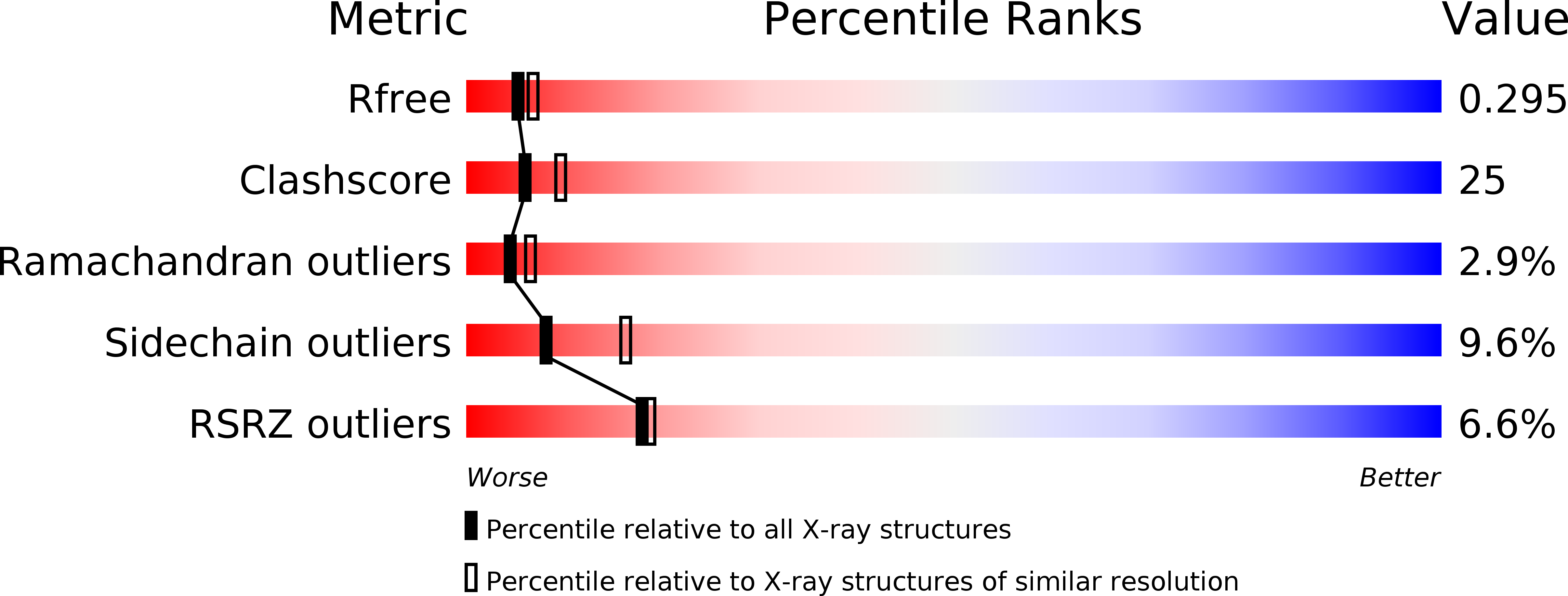
Deposition Date
2013-01-16
Release Date
2013-10-23
Last Version Date
2024-11-27
Method Details:
Experimental Method:
Resolution:
2.50 Å
R-Value Free:
0.29
R-Value Work:
0.26
Space Group:
P 21 21 2


